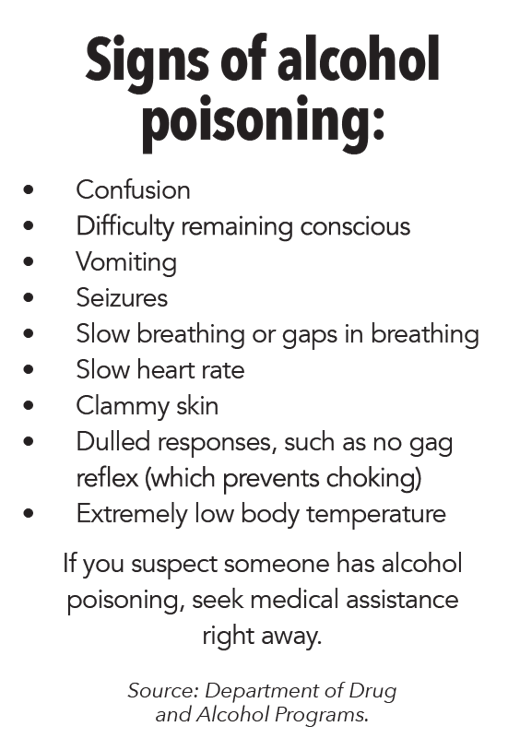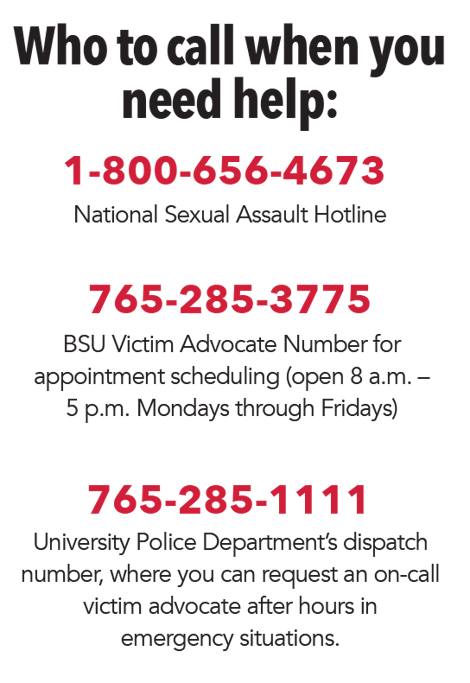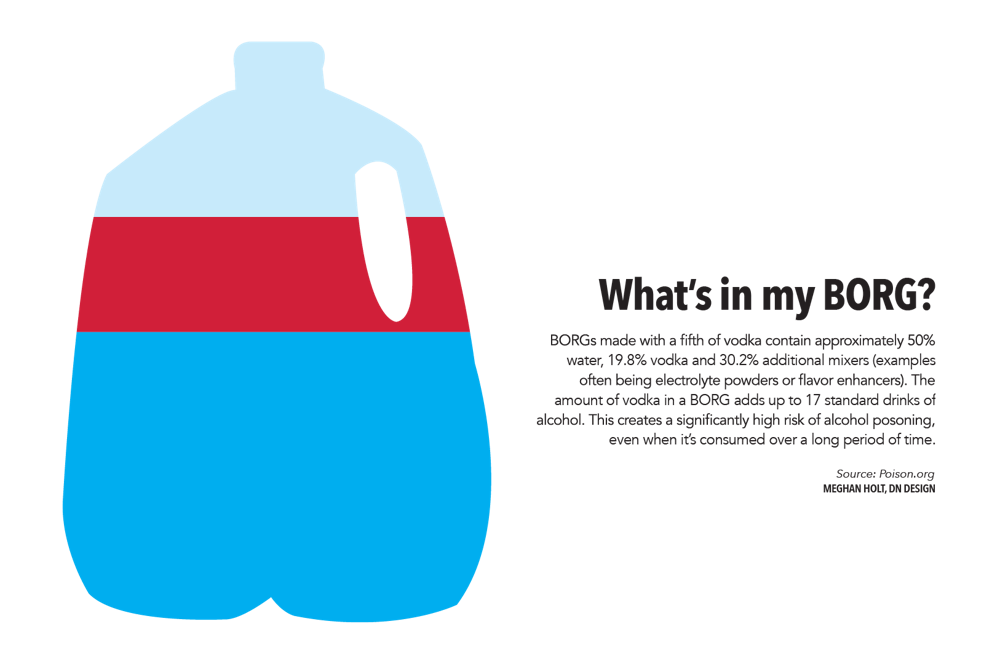Trigger Warning: This article contains descriptions of sexual assault.
For some students, the sole reason to attend higher education is to socialize and party. For others, partying is an outlet to let go of the day-to-day stress that follows academia.
No matter how students choose to balance work and pleasure, it’s important to prioritize health and safety, especially when campuses are in “The Red Zone” part of the academic year.
“The Red Zone” is the time period beginning each fall when students start to arrive on campus and lasts until Thanksgiving break. About 50% of sexual assaults occur on college campuses during this time, according to the National Center on Safe Supportive Learning Environments.

It is recommended that students prioritize their safety year-round, but reported sexual violence incidents spike during those weeks, due to the vulnerability of people celebrating the start of a new school year.
Here are some ways to keep yourself safe, especially while universities across the country are in The Red Zone:
Use the buddy system
According to the Rape Abuse and Incest National Network (RAINN), when you go out, you should go with someone/people you trust. Make plans to check on each other and leave together, and if plans change, update everyone in the group.
If you need to rearrange your plans, remember that it is unsafe for individuals to be left alone. Leaving as a group is a strategic way to ensure that everyone gets home safely. If someone has to step outside or use the restroom, it is good to be cautious and bring a friend with you.
When among peers, it is also easy to feel like you’ve made a new friend that’s trustworthy, but remaining skeptical of new people can keep you out of a bad situation. Until someone has proved themselves to be reliable, you shouldn’t let yourself be alone with them. It’s better to bring a friend along or meet in a public place.
Know your limits

If consuming alcoholic beverages, keep track of what you are drinking and how much. You should also keep track of your friends and make sure they aren’t going over their limit.
If you or anyone else begins to feel tired, or their intoxication level doesn’t match how much they’ve had to drink, you may have been drugged, and it’s important to get to a safe place and find help immediately, according to RAINN.
When you push your drinking limit, you become vulnerable. According to the National Institute on Drug Abuse, potential predators are more likely to sexually assault individuals who are vulnerable and drunk. It’s important to make clear that under no circumstances does alcohol cause sexual assault, but it can be a significant factor. Drink responsibly and know your limits.
BORGS are an increasingly popular method of drinking among college students, but their potentially life-threatening levels of alcohol are commonly disregarded.
According to Poison Control, a BORG stands for “blackout rage gallon.” It consists of a gallon-sized container of water with half of the contents emptied. Then up to a fifth of vodka is poured in and it’s topped off with flavor enhancer and electrolyte powder. The idea is that you’re staying hydrated while you drink to minimize the effects of a hangover the next day. However, with high intakes of alcohol, there is still a chance of a hangover, no matter how hydrated someone is.
While BORGs are advertised as a “safer” way to drink, it can actually be extremely dangerous. Usually, there is no use of measurements when making a BORG, so it’s hard to tell how much alcohol you are actually consuming. Additionally, BORGs often contain up to 17 standard drinks of alcohol, which creates a significantly high risk of alcohol poisoning, even when it’s consumed over a long period of time.
If you or somebody else seems to have had too much to drink, making sure they’re safe is vital. If you suspect someone is displaying symptoms of alcohol poisoning, seek medical attention immediately. Under the circumstance that someone has had too much, but isn’t at risk of overdose, making sure they get home safely can help prevent an assault.
Ball State University utilizes a “good neighbor policy.” This policy states that “The Good Neighbor Exception provides University officials the opportunity to waive University conduct action regarding drug or alcohol policy violations if a student risked revealing their own violation in order to seek medical or other emergency assistance for another person.”
Trust your instincts

If something feels off, you should trust your gut, and leave situations that you feel uncomfortable in. When you feel pressured, find a way out. Your safety is the most important thing in that situation, according to RAINN.
How can bystanders help?
According to the National Sexual Violence Resource Center, if you see someone being harassed in any way, and it is safe to do so, intervention can help them get out of the situation.
One way to do this is by interrupting the harasser and pretending to know the targeted person. The more people who can get involved in the intervention, the better.
Once the situation has been de-escalated, make sure the person receives the necessary support. This can include telling them it’s not their fault, and they didn’t do anything wrong or expressing your support for them. If anyone feels unsafe, you can also consider contacting university police.
College is a memorable transition for many, and having fun is a part of that. Staying safe, drinking responsibly, and looking out for peers and the people you care about is also a prevalent part of the culture that shouldn’t be overlooked.
Contact Ella Howell with comments @ella.howell@bsu.edu.


